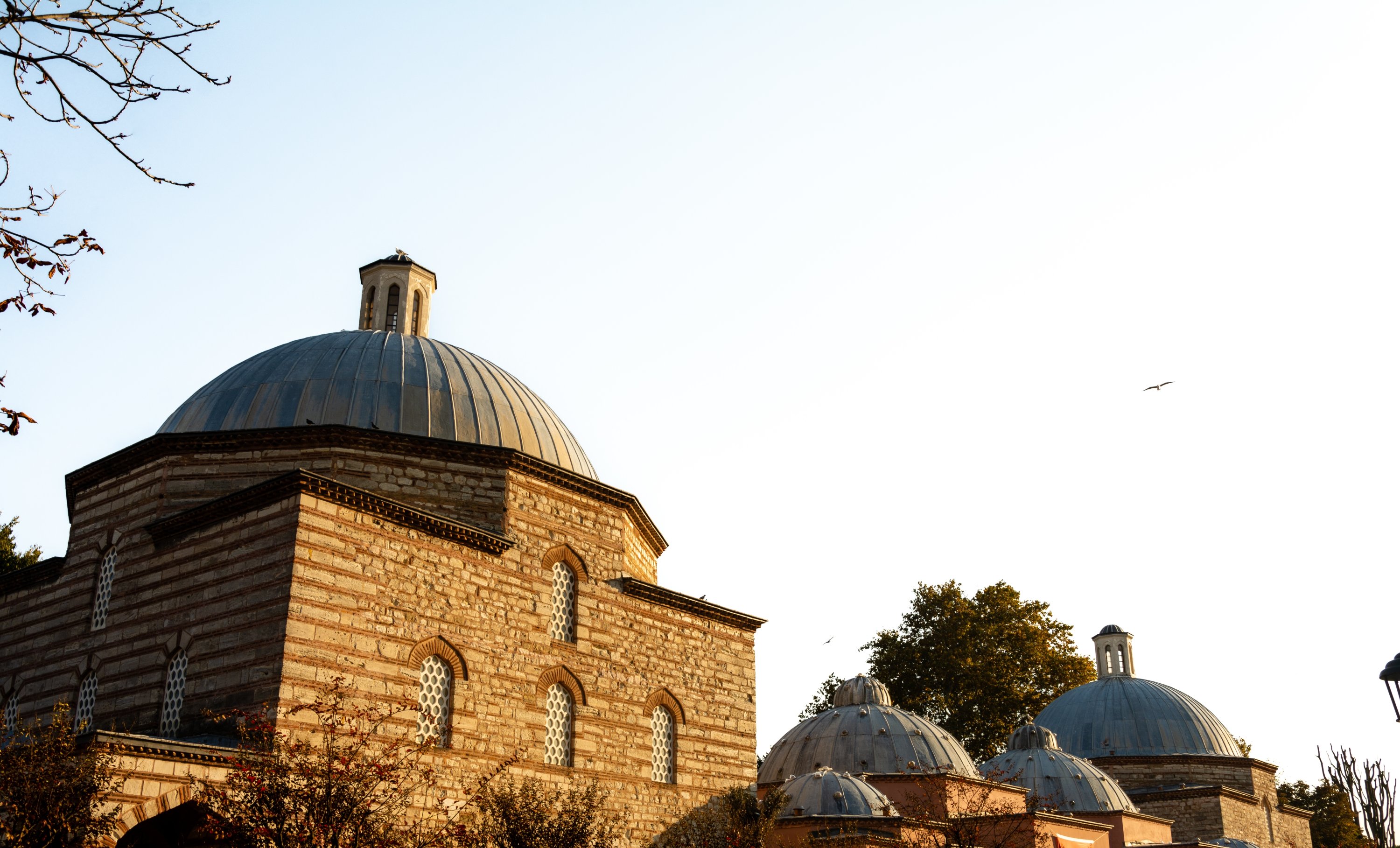Monitoring Desk
ANKARA: Hammam culture dates back to ancient times, with its roots in the Roman and Byzantine bathing traditions. However, it was the Ottoman Empire that popularized and refined the concept of the hammam as a social and cultural institution. Hammams were built as elaborate structures, often attached to mosques, and served as communal spaces for cleansing, socializing and relaxation.
Delving deep into the steamy world of hammam culture, BBC highlighted Istanbul’s five iconic hammams that hold a special place in the city’s cultural heritage and are essential to its historical narrative. With their centuries-old tradition, these bathhouses offer a unique and multifaceted experience beyond mere physical cleansing.
Hürrem Sultan hammam
The Hürrem Sultan Hammam in Istanbul was designed and constructed by Mimar Sinan, the chief architect of the Ottoman Empire. It was built in the 16th century (A.D. 1556-1557) upon the request of Hürrem Sultan (Roxelana), the wife of Sultan Süleiman the Magnificent. The hammam is located between the Sultanahmet Mosque and the Hagia Sophia, where the ancient Zeuxippus Baths once stood. This area holds particular importance as it was also the location of the Temple of Zeus in the past.
The hamam remained closed for many years and was reopened in 1910. It was later used as a shelter for inmates when the nearby Sultanahmet Prison was overcrowded. In subsequent years, it served as a storage facility for paper and oil preservation.
The Hürrem Sultan Hamamı, one of Istanbul’s most beautiful structures, was restored between 1957 and 1958 and operated as a carpet market until 2007.
While the hammam was built in the classical Ottoman bath style, a novelty in Turkish bath architecture was the construction of the women’s and men’s sections as mirror images of each other along the same axis.

Kılıç Ali Paşa hammam
Kılıç Ali Paşa hammam, located in Tophane, one of the oldest districts in Istanbul closely associated with maritime history, is one of the most beautiful structures commissioned by Kılıç Ali Paşa, a prominent commander of the Ottoman navy, to the renowned architect Mimar Sinan. Built between 1578 and 1583 to serve the needs of the seafarers, Kılıç Ali Paşa Hamamı proudly displays the unmistakable seal of the Grand Master Sinan, with its grand dome that allows the sunlight to filter through and a magnificent silhouette that catches the eye from the exterior.
Historical Çemberlitaş hammam
Located in Çemberlitaş, the hammam stands next to the monument erected by Emperor Constantine I (AD 324-337). Across from the hammam, you can find Köprülü Mehmed Paşa Mosque, its madrasa and tomb, as well as Vezir Hanı, the former Istanbul University building. In the vicinity, there is also Sultan Mahmud II’s tomb and burial ground, Köprülü Library and Atik Ali Paşa Mosque.
The hammam was commissioned and dedicated as a source of income to the Valide-i Atik Complex in Toptaşı, Üsküdar, by Nurbanu Sultan, the wife of Sultan Selim II and mother of Sultan Murad III. According to a historical architectural treatise written by a 17th-century Ottoman architect, Sedefkar Mehmed Agha, the hamam was built by Mimar Sinan.

Çukurcuma hammam
Çukurcuma Hamam was constructed in the 1830s. According to various sources, it is said that the water installations for the hamam were brought to the Çukurcuma area by Naqshidil Valide Sultan, the French-born wife of Abdulhamid I and the spiritual mother of Mahmud II. The hamam features a magnificent kubba (wide dome), a spacious and bright göbektaşı (squared heated marble in the middle), and a halvet (sweating cabin area) that still showcase the grandeur of its era.
Notably, the renowned poet Constantinos Kavafis of Alexandria, who resided in Istanbul between 1880 and 1885, was one of the famous and important patrons of the Çukurcuma Hamam during its earlier days.
In 1997, the esteemed Turkish/Italian director Ferzan Özpetek utilized Çukurcuma Hamamı as a filming location for his debut feature film, HAMAM, specifically capturing the lounge area scenes.
Çinili hammam
Çinili Hamam, Kösem Sultan commissioned in the year 1640. Unfortunately, Kösem Sultan passed away before completing the women’s section of the hammam, and her brother continued the construction. During the construction, four structures were built together: Çinili Camii (The Tiled Mosque), a library, a police station and the hammam itself.
The purpose of the hammam was to serve the craftworkers working on constructing Çinili Camii. The tiles that gave the hammam its name were unfortunately stolen by thieves. However, the hammam’s operators remained faithful to the original concept by using blue stones on the walls. The hammam has undergone a few changes overall, and its exterior domes have preserved all their characteristics with no alterations. The marble decorations and basins in the hamam carry traces of history. Only the door frames and wall paintings have been renovated without compromising the natural structure of the building.







